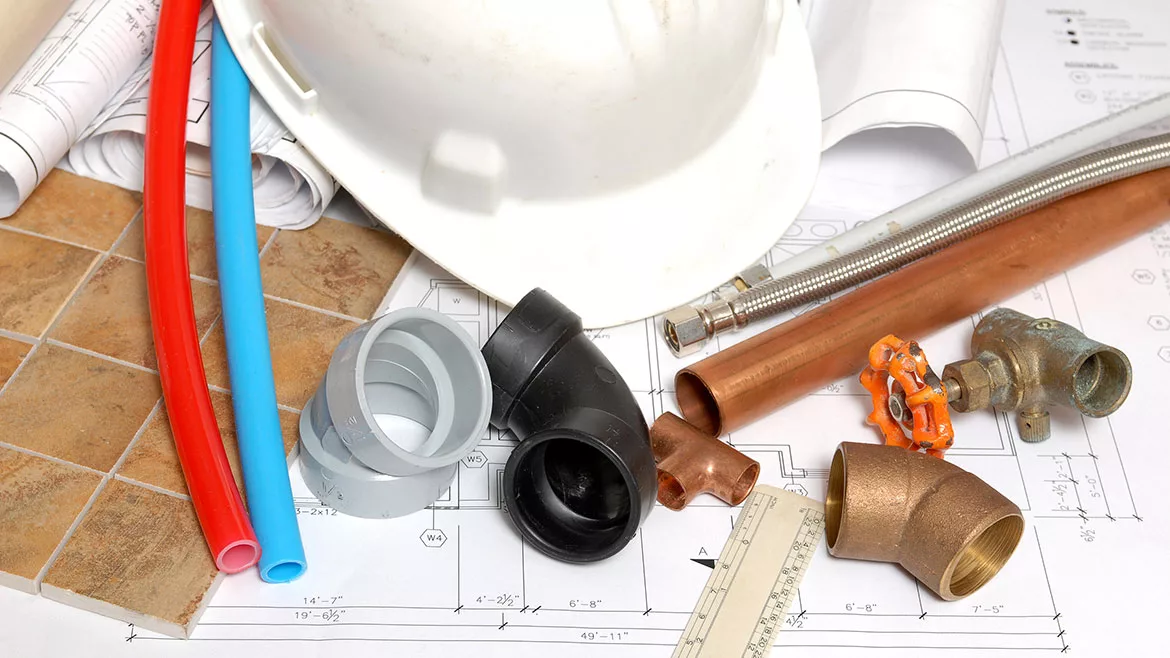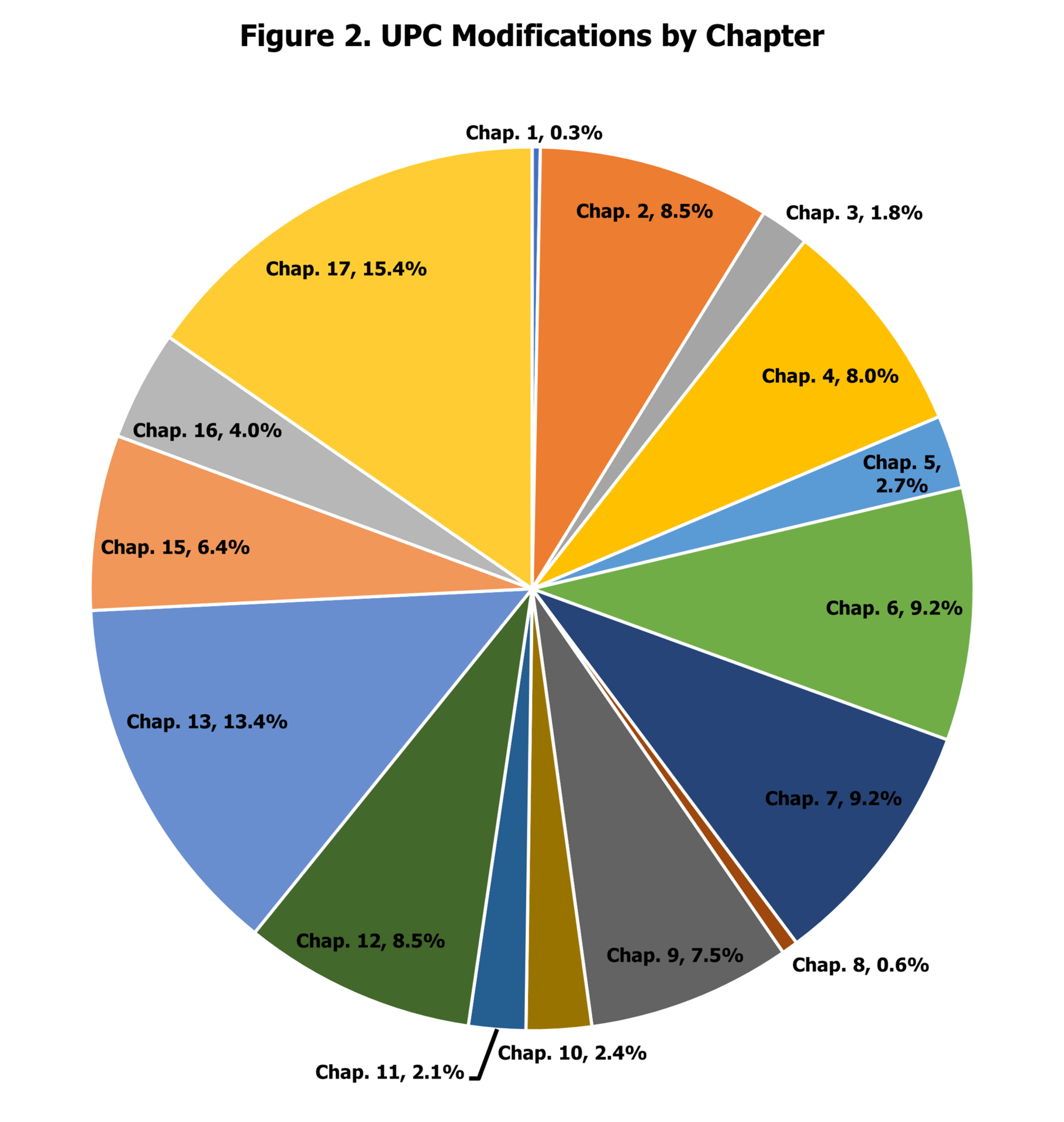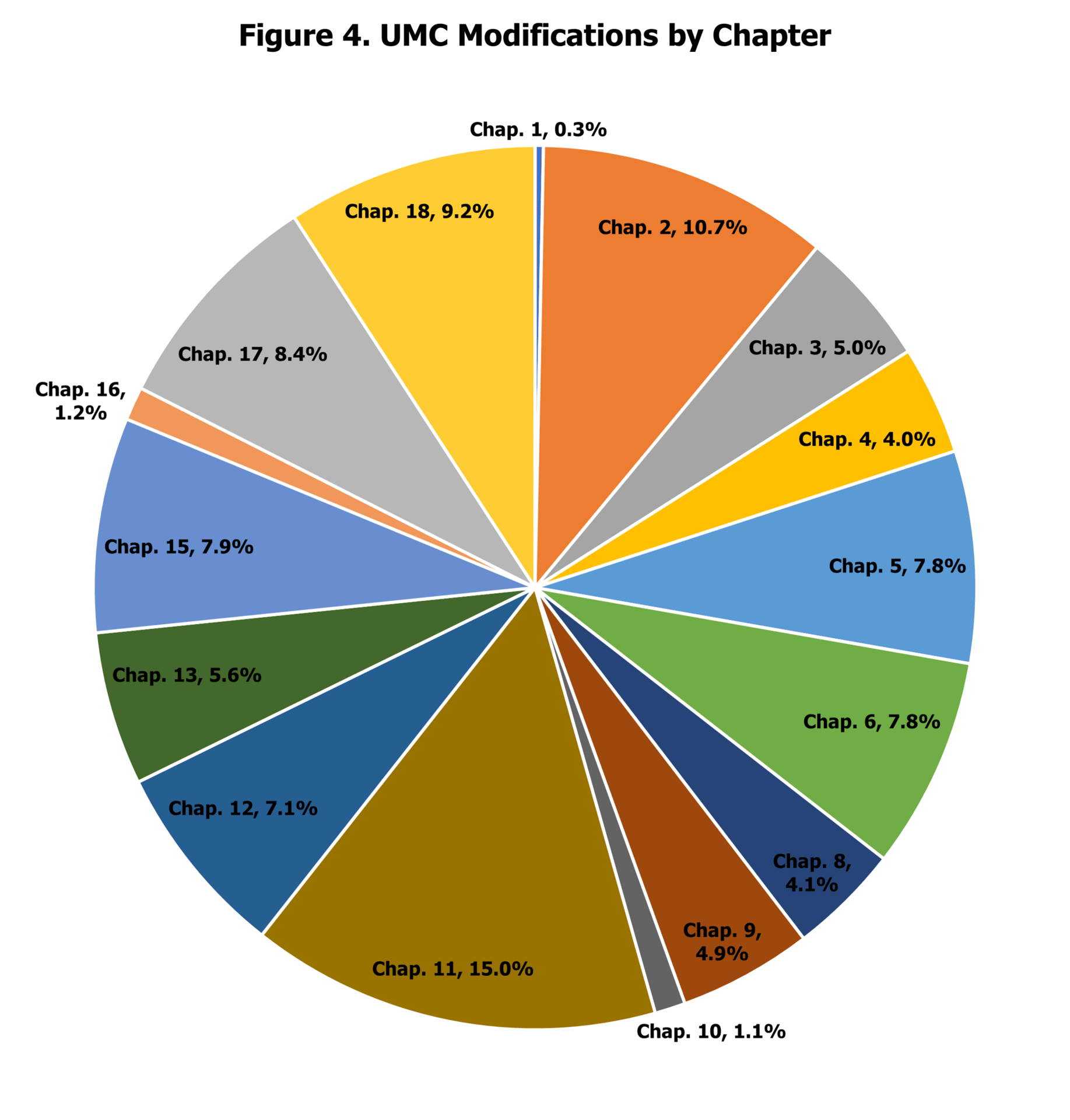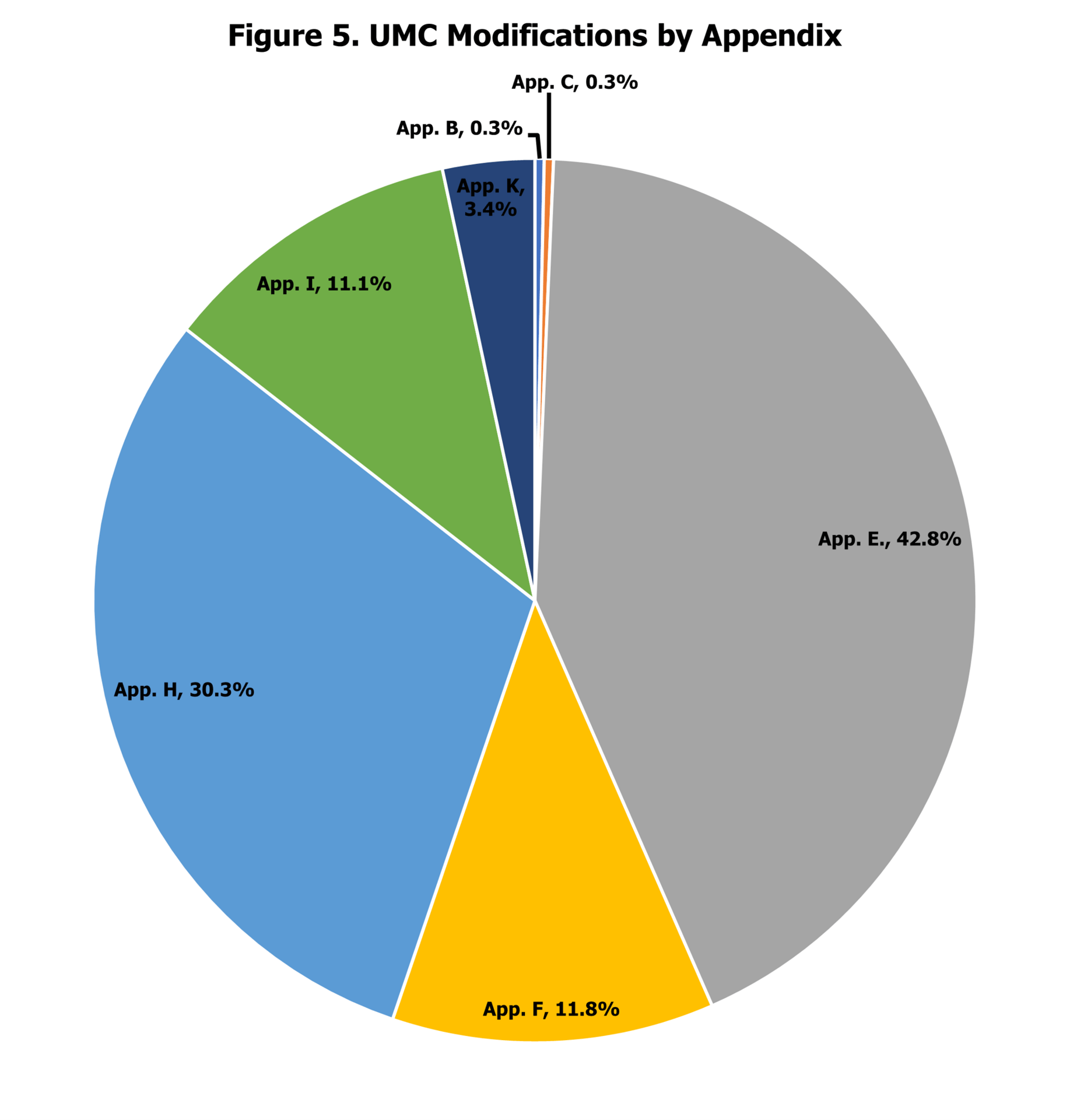Guard on Compliance | Misty Guard
Dissecting IAPMO’s proposed code change monographs
The UPC and UMC received over 650 code change proposals.

Image courtesy of Branislav / iStock / Getty Images Plus.
As June unfurls its summer splendor, let the sun's embrace kindle a newfound joy in your hearts. This is the season of unending laughter, the rhythm of nature and the outdoors calling, beckoning you to soak up every dazzling moment with your loved ones. Dive into summer, not just as a season, but as a vibrant celebration of life itself.
Along with the welcome change of season, the International Association of Plumbing and Mechanical Officials' (IAPMO) monographs of proposals for modifications to the Uniform Plumbing Code (UPC) and Uniform Mechanical Code (UMC). The UPC received 371 proposals, and the UMC received 316 proposals. When reading the monographs, I prefer to look at the number of sections modified in the proposals and the total number of chapters and appendices included in each proposal. In my experience, this provides the real story of the proposal and its future implications.
While reviewing IAPMO's monographs, I set out to answer three questions: 1) Which document sections have the most proposals? 2) Which chapters have the most proposals? and 3) Which appendices have the most proposals? The UPC modifications and new appendices were surprising, while the UMC modifications were as I expected.
Which document sections have the most proposals?
From a code development perspective, the chapters are considered mandatory text, while the appendices are optional. A majority of the proposals modified multiple sections simultaneously. Only occasionally did they include changes to chapters and appendices.

With most proposals focused on the chapters, any changes will likely impact construction. Those who design buildings or design, private label, specify, buy, or sell products for compliance with the UPC and UMC should anticipate changes to the existing requirements in 2027.
Which UPC chapters and appendices have the most modifications?
The top 5 UPC chapters with modifications are:
- Chapter 17: Referenced Standards;
- Chapter 13: Health Care Facilities and Medical Gas and Medical Vacuum Systems;
- Chapter 6: Water Supply and Distribution and Chap. 7 Sanitary Drainage are tied for third;
- Chapter 2: Definitions and Chap. 12 Fuel Gas Piping are tied for fourth; and
- Chapter 4: Plumbing Fixtures and Fixture Fittings.

This list of the top 5 shows a significant increase in new and updated referenced standards for 2027. UPC Table 1701.1 lists standards in the chapters. UPC Table 1701.2 contains standards, publications, practices, and guides listed in the appendices and are available for use by code officials for alternative methods approvals. There are 447 document changes for these two tables alone.
Those who design health care facilities or design, private label, specify, buy or sell products covered by Chapter 13 requirements should anticipate changes to the existing requirements in 2027. Those who design water distribution and fuel gas systems or design, private label, specify, buy, or sell products covered by Chapters 6, 7 and 12 should anticipate changes to the existing requirements in 2027.
The top 5 UPC appendices with modifications are:
- Appendix M Peak Water Demand Calculator;
- Appendix L Sustainable Practices;
- Appendix Y Ecological-Sanitations: Composting Toilet and Urine Reuse Systems;
- Appendix V Construction Practices for Potable Water; and
- Appendix H Private Sewage Disposals Systems.

There are six new appendices proposed:
- Appendix T Guidance for Operating Medical Air and Oxygen Systems with Nonstandard Pressure;
- Appendix U Guidance for the Use of Concentrator Plant with Centrally Piped Medical Oxygen Systems;
- Appendix V Construction Practices for Potable Water;
- Appendix W Water Quality for Plumbing Industry Professionals and Building Managers;
- Appendix X Hydrogen Fuel Gas Piping;
- Appendix Y Ecological-Sanitations: Composting Toilet and Urine Reuse Systems.
Those who design buildings or design, private label, specify, buy, or sell products covered by the appendices should anticipate significant changes in 2027.
Which UMC chapters and appendices have the most modifications?
The top 5 UMC chapters with modifications are:
- Chapter 11 Refrigeration;
- Chapter 2 Definitions;
- Chapter 18 Referenced Standards;
- Chapter 17 Geothermal Energy Systems and Ambient Temperature Loops; and
- Chapter 15 Solar Energy Systems.

It's not surprising to see refrigeration as the front-runner due to the prevalence of changes in laws, regulations and standards over the past three years. If you design buildings or specify, buy, or sell products that use refrigerants, the existing mechanical requirements you use will likely change in 2027.
This list of top 5 shows a significant increase in new and updated referenced standards for 2027.
UMC Table 1801.1 lists standards in the chapters. UMC Table 1801.2 contains standards, publications, practices and guides listed in the appendices and are available for use by code officials for alternative methods approvals. There are 325 document changes for these two tables alone.
The top 5 UMC appendices with modifications are:
- Appendix E Sustainable Practices;
- Appendix H Professional Qualifications;
- Appendix F Sizing of Venting Systems and Outdoor Combustion and Ventilation Opening Design;
- Appendix I Indoor Horticultural Facilities; and
- Appendix K Recommended Configurations for Maintaining Quality of Heat Transfer Fluids in Closed-Loop Hydronic Systems.
When reading the monographs, I prefer to look at the number of sections modified in the proposals and the total number of chapters and appendices included in each proposal. In my experience, this provides the real story of the proposal and its future implications.
There is one new appendix proposed:
- Appendix K Recommended Configurations for Maintaining Quality of Heat Transfer Fluids in Closed-Loop Hydronic Systems Those who design buildings or design, private label, specify, buy, or sell products covered by the appendices should anticipate changes in 2027.

U.S. building and safety codes play a crucial role in facilitating product market access, driving U.S. commerce, and ensuring public health and safety standards are met. If you're looking to delve deeper into the realm of U.S. codes, I recommend checking out my previous articles titled
"What Good Are the Base Model Codes?" and "Upcoming 2027 Code Development Cycles." Understanding the intricacies of the code development cycles can be challenging. Reach out to Regulosity for a tailored analysis specific to your organization's needs. Let us guide you through this complex landscape — we're here to help!
Looking for a reprint of this article?
From high-res PDFs to custom plaques, order your copy today!







